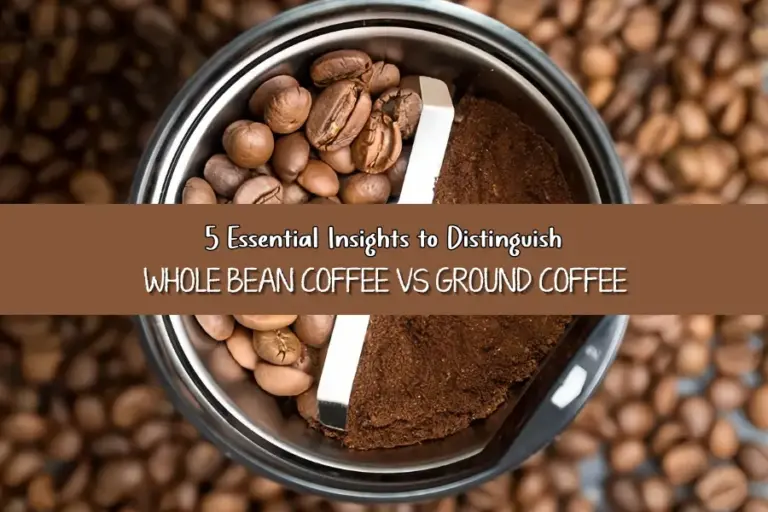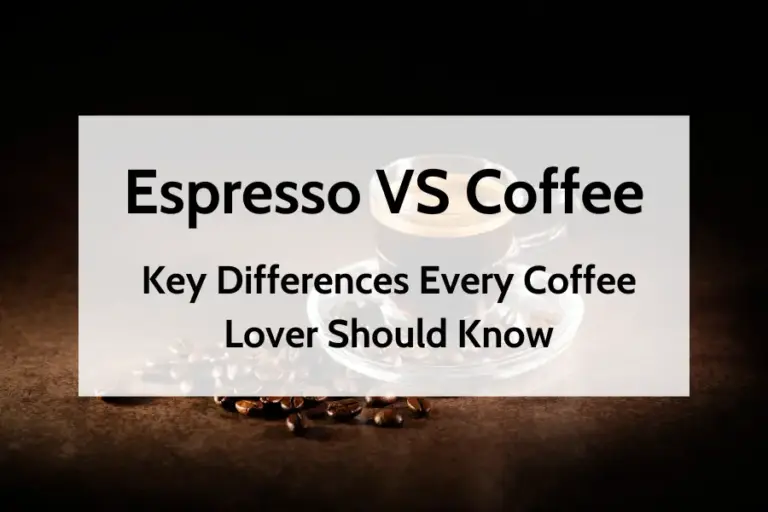How Long to Grind Coffee Beans for Culminate Flavor?
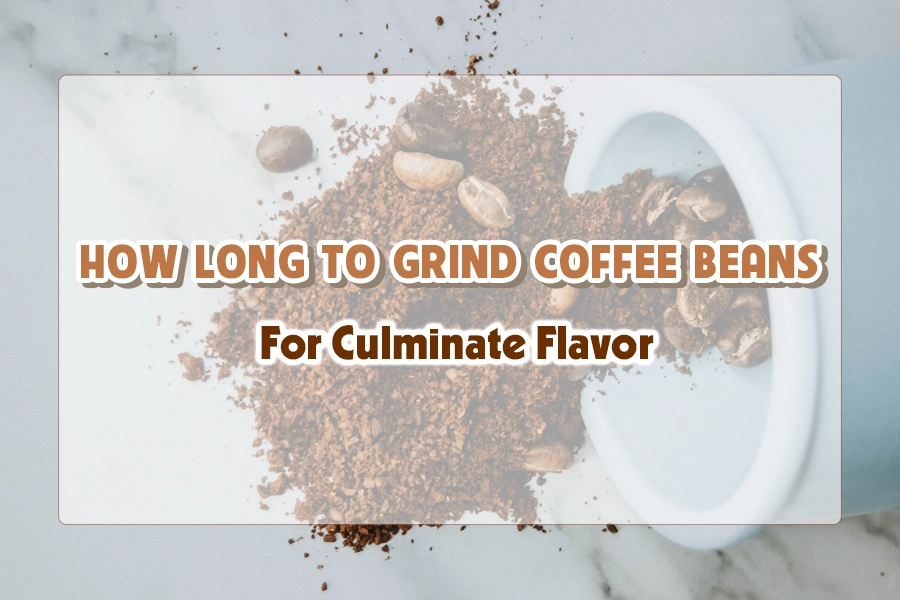
Whether you’re a French press fan, espresso devotee, or pour-over master, getting the grind estimate and grind time right can make all the distinction. The significance of grinding coffee beans appropriately is frequently ignored, indeed even though it’s a pivotal step in the life shelf of a culminating glass of coffee. The coarseness of the coffee grounds incredibly influences the cup, and how long to grind the beans in turn influences this coarseness.
Many coffee devotees are energized, almost learning how to grind their claim coffee at home. The wealthy, fiery smell that comes from naturally ground coffee is moment to none. Grinding coffee may appear basic, but figuring out how long to grind coffee beans for the idealized cup can be a little dubious. Let’s break down coffee bean grinding times in an easy-to-understand way so you can appreciate the best brew anytime, anyplace.
Why How Long You Grind Coffee Beans Matters
First, let’s talk about why deciding the time to grind coffee beans is so vital. Grinding time specifically influences the measure of the coffee beans after grinding. This is related to the extraction process and brewing time, which in turn changes the flavor and smell of your coffee.
Too coarse, your coffee may taste worse because it is not fully extracted. Too fine, the brewing time is longer, and the coffee may be bitter, strong, and over-extracted. Doing it right means always having a balanced, rich cup of coffee.
How Long to Grind Coffee Beans for Particular Methods
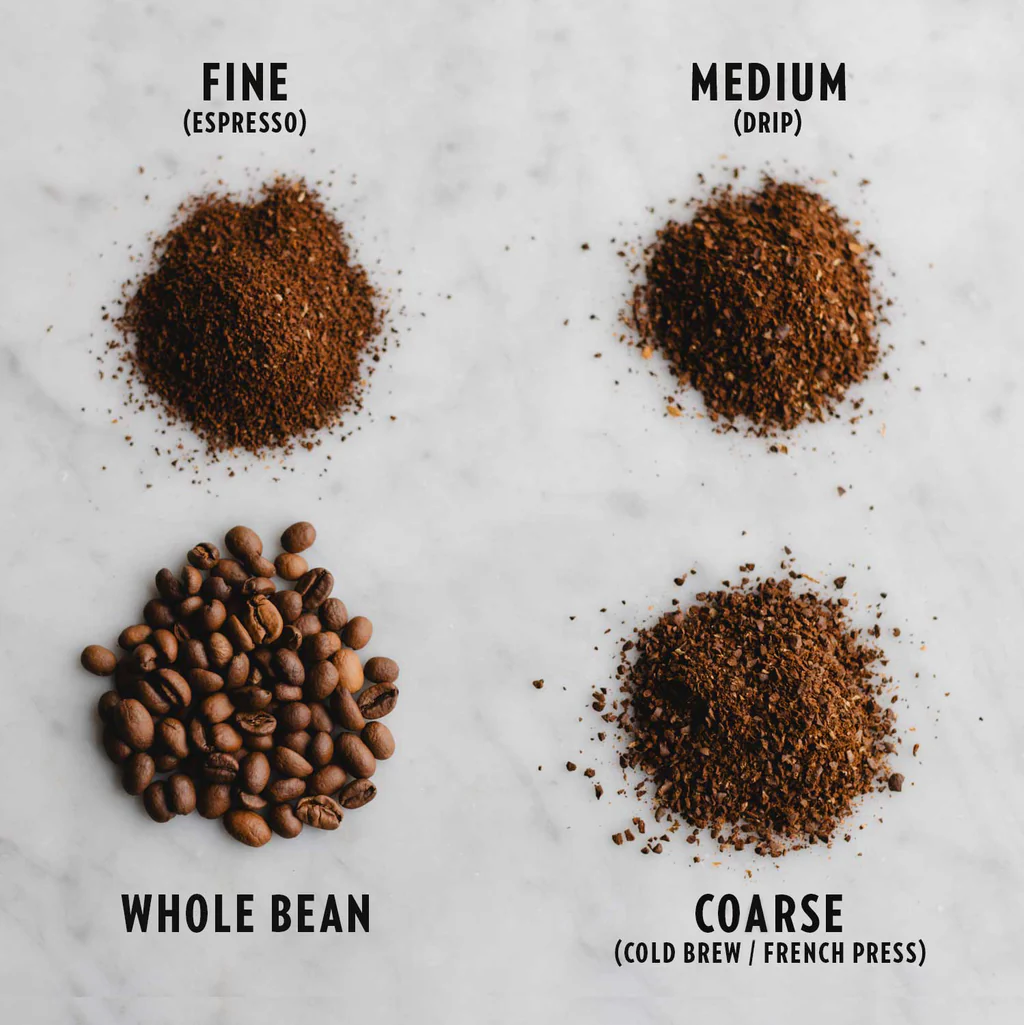
Let’s take a more significant seed at the time to grind coffee beans, with different standard grind sizes, for each one-of-a-kind brewing method. Coffee bean grinding time can vary depending on your grinder and personal preference, so the grind times we give below are approximate for a burr grinder.
Coarse
A coarse grind is a grind size similar to coarse sea salt, suitable for French press and cold brew coffee. For both methods, grind the beans for about 8-10 seconds. You want large, even grinds to avoid over-extraction during long steeping times.
Medium
A medium grind is a gritty, sandy grind, ideal for drip and pour-over coffee makers. Average grind times are 10-15 seconds. Consistency is key to ensuring even extraction.
Fine
A fine grind is a grind size similar to coarse table salt, best for espresso and Aeropress coffee makers. Aim for a grind time of about 20-25 seconds. This is very important for a truly delicious cup of coffee.
Grind Very Fine
The coffee bean size should be super fine, almost like powdered sugar, for Turkish coffee. You need to grind for about 25-30 seconds or longer to achieve the right consistency.
Coffee Grinding Steps
How long to grind coffee beans to the right estimate and texture for your favored brewing strategy? It takes preparation and a few steps to create an extraordinary glass of coffee.
Step 1 – Select Your Brewing Method
Once you choose which brewing methodology you’ll be using—cold brew, espresso, drip, etc.—you’ll be able to choose what coffee grind size to utilize. For the most part, slower, more sultry immersion brewing methods require a coarser grind, whereas quicker extraction methods utilize a finer grind.
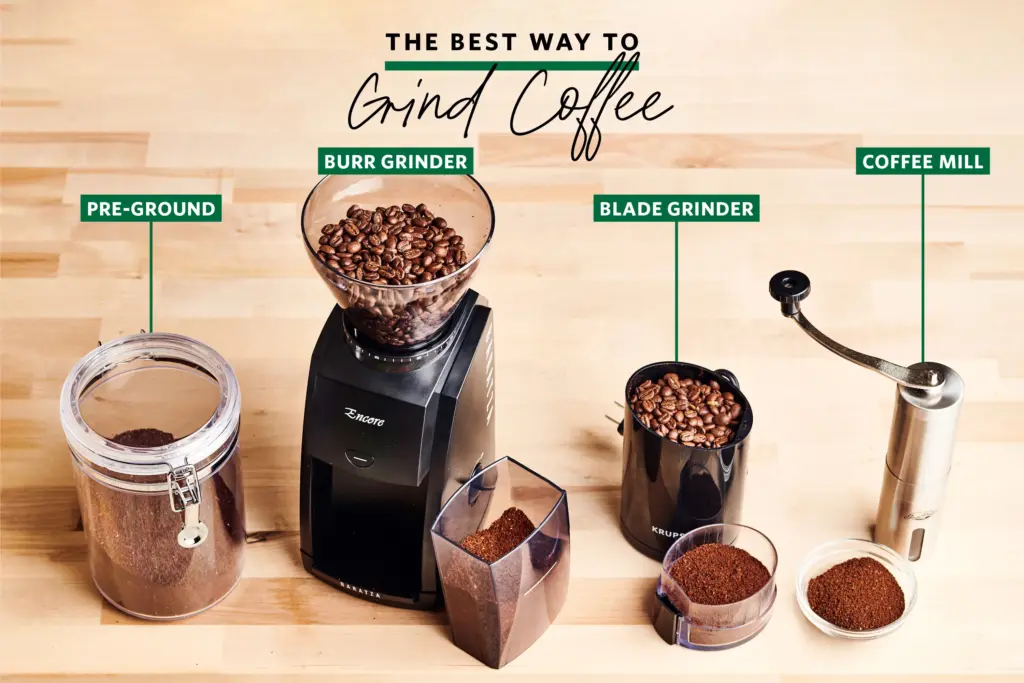
Step 2 – Decide Your Coffee Grind Size And Grind Level
Understanding how the size and texture of your coffee grounds influence diverse brewing methods is key to making a strong glass of coffee. The sum of time your coffee grounds are in contact with the water amid extraction will offer assistance to decide whether your drink is frail or strong.
If your coffee grounds are as well fine for your brewing method, your drink may be over-extracted, coming about in a bitter taste. If your coffee grounds are coarse as well, the water will move through them rapidly and you will end up with acidic, under-extracted results.
Step 3 – Select A Grinding Method
Blade grinders can be used for cold brew or other longer steeping processes, but tend to have limited settings and less consistency. The same is true of manual grinders. If you are in a real hurry, a mortar and pestle will work for brewing methods that require coarser grounds, but again, consistency can be an issue with this type of method. If you are looking for the best way to achieve a precise grind size, having a modern coffee bean grinder is essential.
Step 4 – Measure Coffee Beans/Determine Dosing
There are a number of methods for measuring coffee beans, but the most exact is by weight. For the most precise comes about, weigh your beans before grinding. You need to quantify how many ounces you require for a cup of coffee, from which you can decide how much ground coffee and how numerous coffee beans you require.
Step 5 – Determine Grinding Time
The longer the grinding time, the finer the coffee grounds. Conversely, coarser grinds will require a shorter grinding time. A dedicated coffee grinder grinds both fine and coarse grounds relatively quickly. But if you use the manual method, it will take longer.
How Long to Grind Coffee Beans – Factors That Affect
When choosing the ideal grind size and grinding time, there are a few factors to consider. These factors can impact the flavor, quality, and in general caffeine substance of your brewed coffee. In this segment, we will investigate the diverse aspects to consider when choosing the best coffee grind time for your coffee-making encounter.
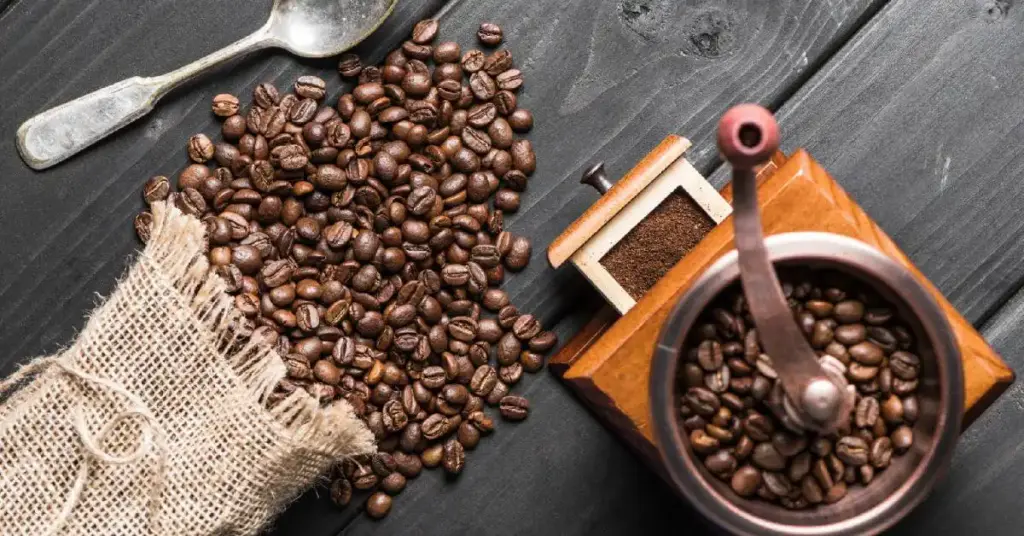
Coffee Bean Type
The characteristics of the coffee beans themselves play a major portion in choosing the perfect grind size and grinding time. Factors such as the origin, soil composition, and height at which the coffee beans are developed can impact the flavor extricated amid brewing. Moreover, the particular processing method utilized on the coffee beans can impact the ideal grind time.
For illustration, coffee beans developed at higher heights may require a marginally coarser grind to viably extricate their interesting flavors. Moreover, diverse processing methods (e.g. washed, honey, or natural) can modify the density of the coffee beans, grind size, and how long to grind coffee beans to accomplish the idealized cup.
Personal preference
Your individual flavor preferences will determine the grind time that works best for you. Diverse grind times will impact distinctive grind sizes, which can make distinctive characteristics in your coffee – from flavor subtleties to overall quality and body.
If you lean toward a bolder, more strong flavor, you may incline toward a coarser grind. On the other hand, if you incline toward a smoother, more refined flavor, you may select for a finer grind. Testing with distinctive grind sizes and grind times can offer assistance in discovering the culminating balance that suits your taste.
Caffeine content
Grind size and grind time can influence the caffeine content of your glass of coffee. Pondering how long it takes to grind your coffee beans? Try with somewhat better or coarser grinds to discover the perfect balance that suits your caffeine inclinations while still keeping up a charming flavor.
A finer grind increments the surface region of the coffee beans uncovered to the water, coming about in a speedier extraction of caffeine. However, a finer grind can increase the chance of over-extraction, resulting in bitterness or undesirable flavors in your coffee. On the other hand, a coarser grind comes about in a slower, more balanced extraction.
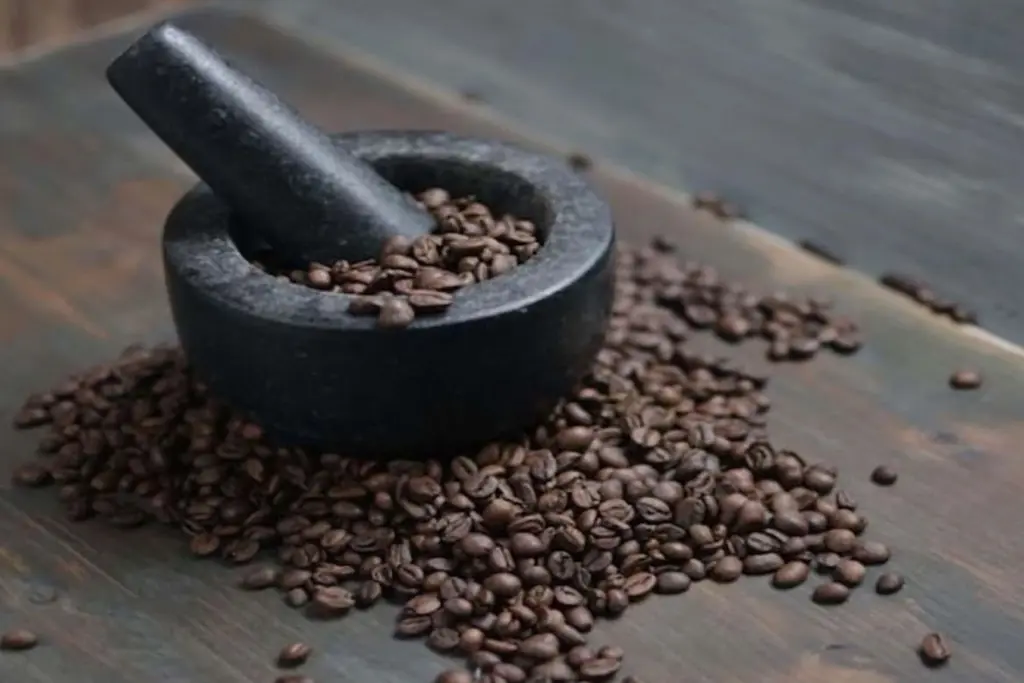
Final Thoughts
So how long to grind coffee beans is up to you once you have chosen your brewing method. The time it takes to grind coffee beans is a critical factor since it decides the grind size and consistency of the ground coffee. Distinctive grinding methods will take distinctive times to accomplish the right size and consistency. Experiment a little to get the flavor and consistency you want, and you may find the perfect grind time that suits your taste.
FAQs
Blending different coffee beans and grinding them together will create a unique cup of coffee, adding depth of flavor and interesting combinations. Any grinding method can be used, and you can pair coffee beans together based on their primary flavor and origin.
However, different types of coffee beans will affect how long to grind the coffee beans to the right grind size for the brewing method. So you should consider which coffee beans to combine together, and which grinding method to use to create the perfect cup of coffee with the desired flavor.
The reply is yes if you are in a rush, but the coffee flavor may not be as anticipated. Blenders and nourishment processors are not planned to grind beans, so the size and texture of the coffee beans may not be consistent. For brewing methods that require a fine, steady grind, this is not a perfect alternative.

